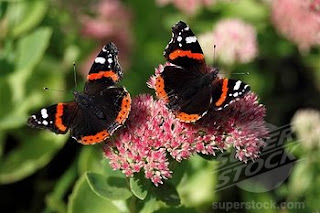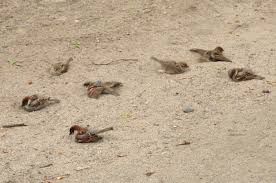As Cape Cod still runs through my veins, hearing “tuna time”
I, of course, think of tuna, as in the fish; the really large fish that we
once went to see being hauled in on a winter day in Chatham. The small fishing boat was coated in ice, and
the tuna, which weighed over 500 lbs. seemed clearly capable of tipping it
over. Just recently someone caught a 900
plus tuna off the Cape for some Tuna Reality show. Only trick was, there were
no cameras on board at the time. But I
digress.
“Tuna” time in Texas doesn’t require you to be at sea, or to
have an ice covered boat or a whale of a struggle with a huge fish. Rather, “tunas” here refer to the magenta
fruit that are ripening on the Prickly Pear as we speak. You have no doubt seen them in pictures, and
perhaps you know that they are loaded with Vit.C, calcium and phosphorous. If you are a Texan, you might also know that,
as of 1995, the Prickly Pear, Opuntia
engelmanni was chosen the Texas State Plant. It does have a zillion different uses and is said
to have kept many a creature, including humans, from starving in tough times.
I have been reading about how to make a juice from them, but
after reading about it, I don’t think I will chose this as a way to make up for
my missing apple picking in Texas.
You
need to use some sort of tong to pick them off the plant, as being a cactus
means nasty spines. The ones you have to
worry about aren’t the large obvious spines, but much smaller fine ones called
“glochids” which dislodge easily and can go airborne
ending up in your skin or
yikes, eyes, where their barbed ends, like porcupine quills will embed them
wherever they land.
Once you pick them, you mash and strain them through a
pillowcase, toss out the pulp left behind and enjoy the juice added to lemonade. On the Cape we used to make lemonade from the
Staghorn Sumac in much the same way, minus the “lose your eyesight” glochids. However, native cultures have been eating
tunas for 1,000’s of years so maybe this web page was just into making it sound
scarier than it is.
It turns out I have eaten Prickly Pear in a restaurant without
knowing it. The Spanish word for the
pads of the Prickly pear is “napalito” and they were really yummy, sliced into
strips and slightly tart atop a meal I had gotten. I have a jar of them in my
cupboard for adding to a casserole someday.
The Prickly Pear, it turns out, is one of those plants where
every part has a use for one thing or another.
A great book on Texas Plants is one called “Remarkable Plants of Texas”
by Matt Turner and he goes on for pages about the myriad of ways this plant has
been used through the ages. Pads could
make a pocket for steaming fish or be used as a source of stored water for all
native animals. The spines were used as
dart tips to hunt birds, the mucilaginous mass in the pads mixed with turbid
water could remove dirt by sinking it to the bottom and leaving the clear water
on top, plus a lengthy list of medicinal uses are cataloged in his book. So, one can see how it came to this place of
honor as a Texas symbol.
And, just as an example of how we modern people have lost
our ability to appreciate delayed gratification, there is a story in Turner’s
book of the explorer, Cabeza de Vaca living among the coastal Indians. It was winter and food was scarce but the
Indians told him to cheer up, it would soon be tuna time. Soon meaning in about 5 months time!
So, even though I may not go gathering tunas on my own, I
shall think highly of the plant every time I pass it on my walk and watch to
see how long these tunas last before some animal with less aversion to glochids
makes it their meal. Meanwhile, a tuna
fish sandwich anyone?

































